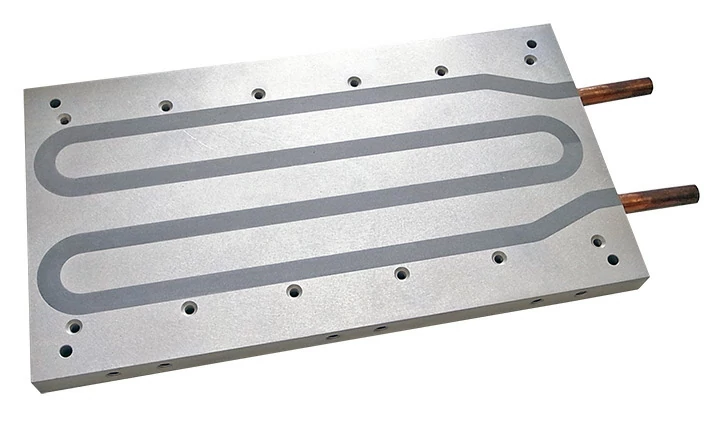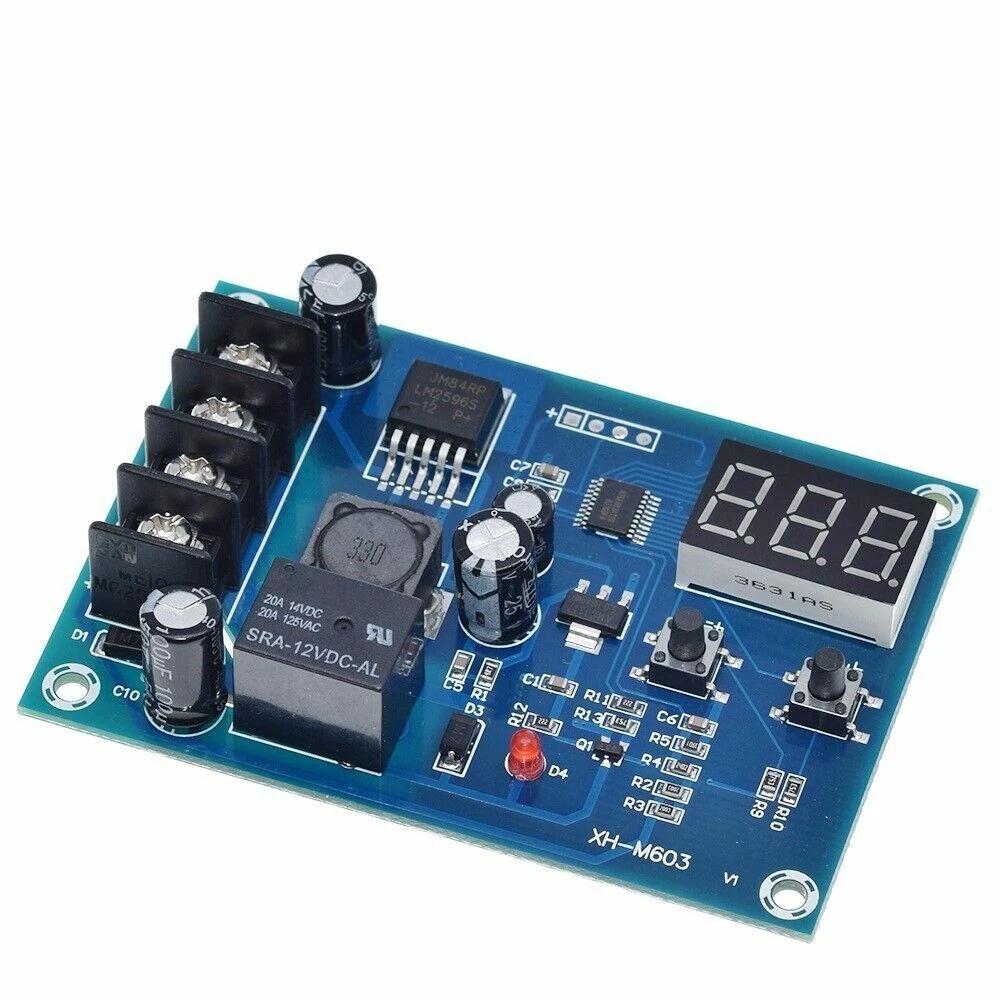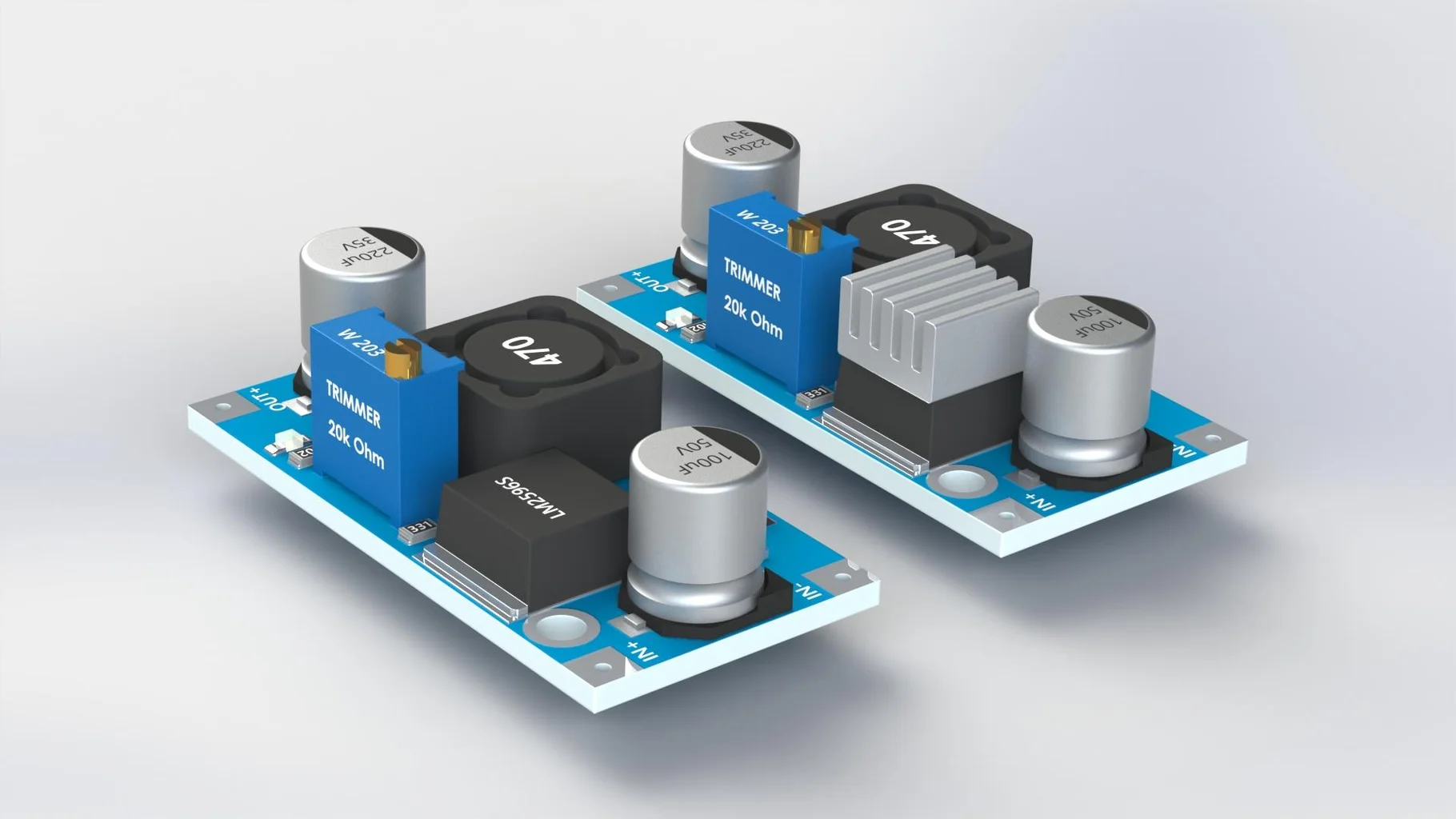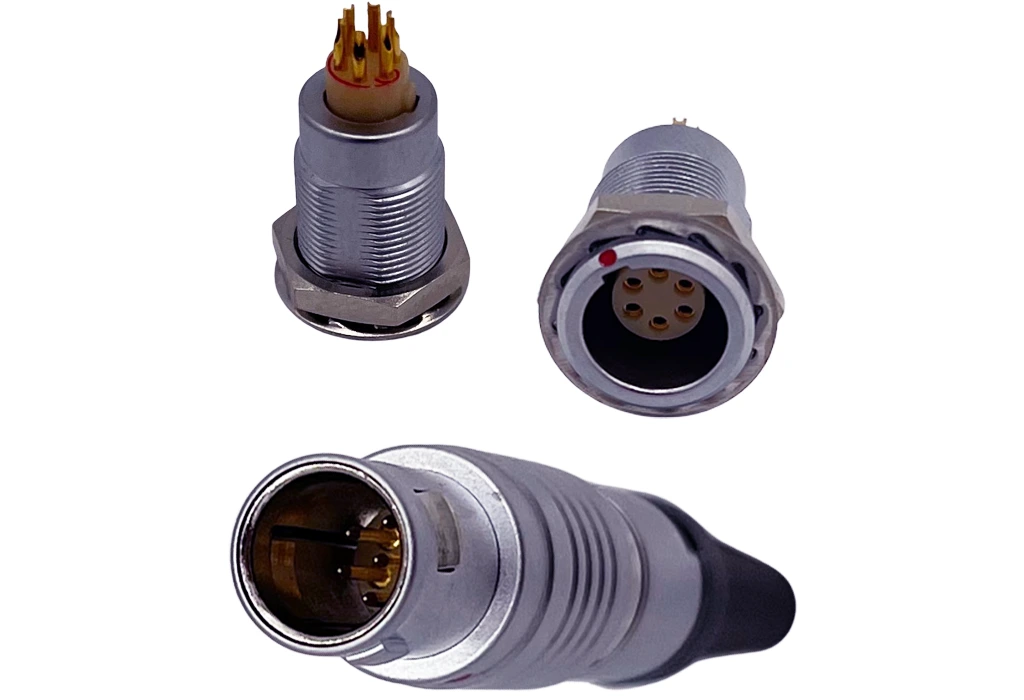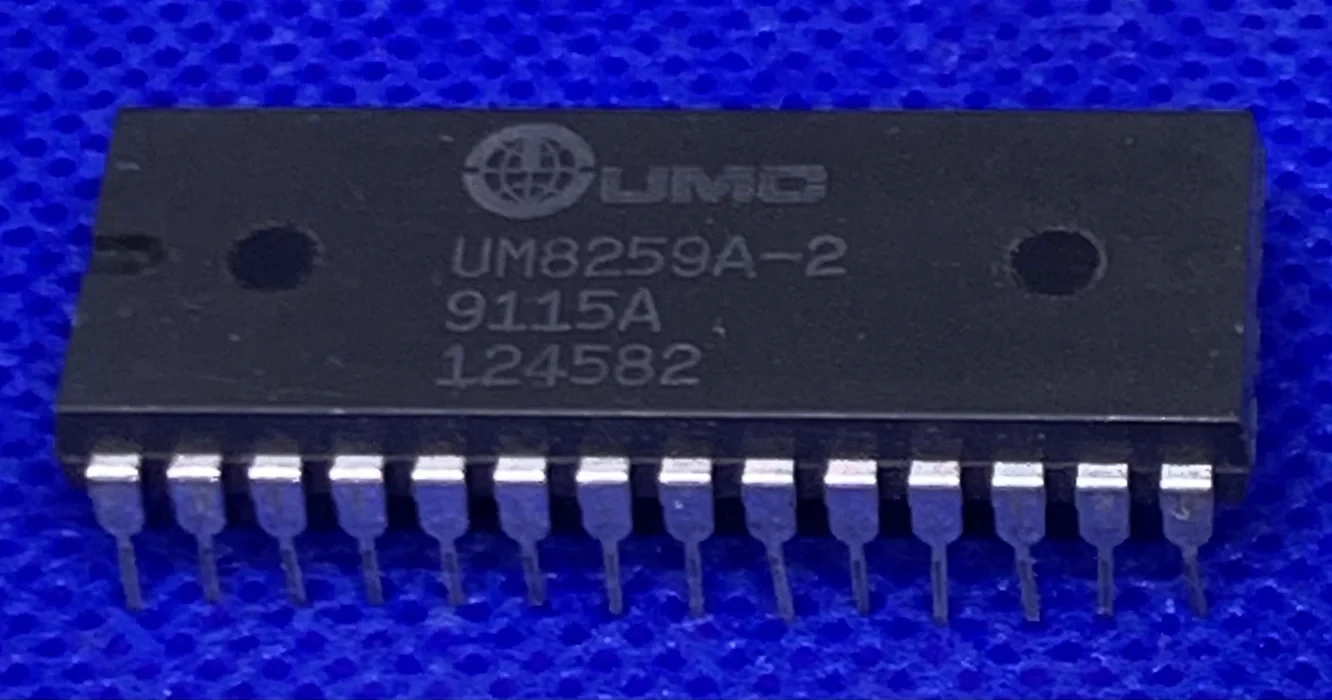Liquid cooling plate: heat dissipation guardian of DC charging pile...
Introduction of interface circuit in card reader
Main component
Card reader is a common electronic device, widely used in identity identification, payment terminals and data transmission scenarios. Among them, the interface circuit is the key part of data exchange and communication.
The main function of the interface circuit is to complete the signal conversion and transmission between the card and the main control device. Depending on the card type, the interface circuit of the card reader can support a variety of communication protocols, such as the ISO 7816 protocol (for contact IC cards), the ISO 14443 protocol (for contactless RFID cards), and NFC technology.
A typical interface circuit consists of the following components:
Signal conditioning circuit: Used to adjust signal levels to ensure electrical compatibility between the card and the card reader. For example, the signal level of the card is converted to a standard level that the master chip can handle.
Power management circuit: to provide a stable working power supply for the card, especially in the RFID card reader, the function of the antenna part to provide energy through induction is key.
Communication module: The implementation of protocol layer communication, such as serial communication (UART, SPI, I²C) or wireless communication, to ensure data integrity and reliability.
Protection circuit: including overcurrent protection, ESD (electrostatic discharge) protection, etc., to ensure the stable operation of the card reader in a complex environment.
The interface circuit of modern card readers also supports versatility and modular design, which can be compatible with multiple types of cards, while improving data transmission speed and security. These characteristics make the interface circuit a crucial technical core in the card reader.
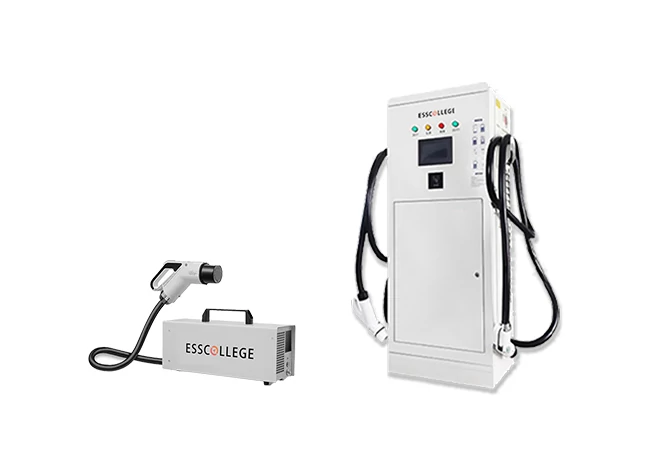
DC CHARGING PIlE SERIES
DC charging pile is an efficient charging facility for electric vehicles, which uses direct current (DC) to directly charge the vehicle battery, significantly reducing the charging time. Compared with traditional AC charging piles, DC charging piles are able to provide higher power output and can usually charge an EV to 80% of its capacity in 30 minutes, providing users with a convenient charging experience.
Extended reading
FLASH in DC charging pile charging control unit
FLASH in DC charging pile charging control unit Main component...
Dc charging pile display chip DC-DC converter
Dc charging pile display chip DC-DC converter Main component Concept:...
What is the function of the insulator of the communication contact?
What is the function of the insulator of the communication...
Introduction of ferrite magnetic beads on DC charging pile
Introduction of ferrite magnetic beads on DC charging pile With...
Interrupt Controller for DC charging pile microcontrollers: Guardian to ensure real-time response
Interrupt Controller for DC charging pile microcontrollers: Guardian to ensure...
THE ESSC Brand promise
Global supply
Our products sell well all over the world, covering many countries and regions, through the global logistics network, to provide customers with convenient purchasing experience.
Rigorous quality
We adhere to the highest quality control standards to ensure every product meets industry regulations and customer expectations, earning trust through consistent excellence.
Excellent service
With a customer-centric approach, we provide prompt responses, professional support, and personalized services, aiming to deliver the best user experience and long-term value.
